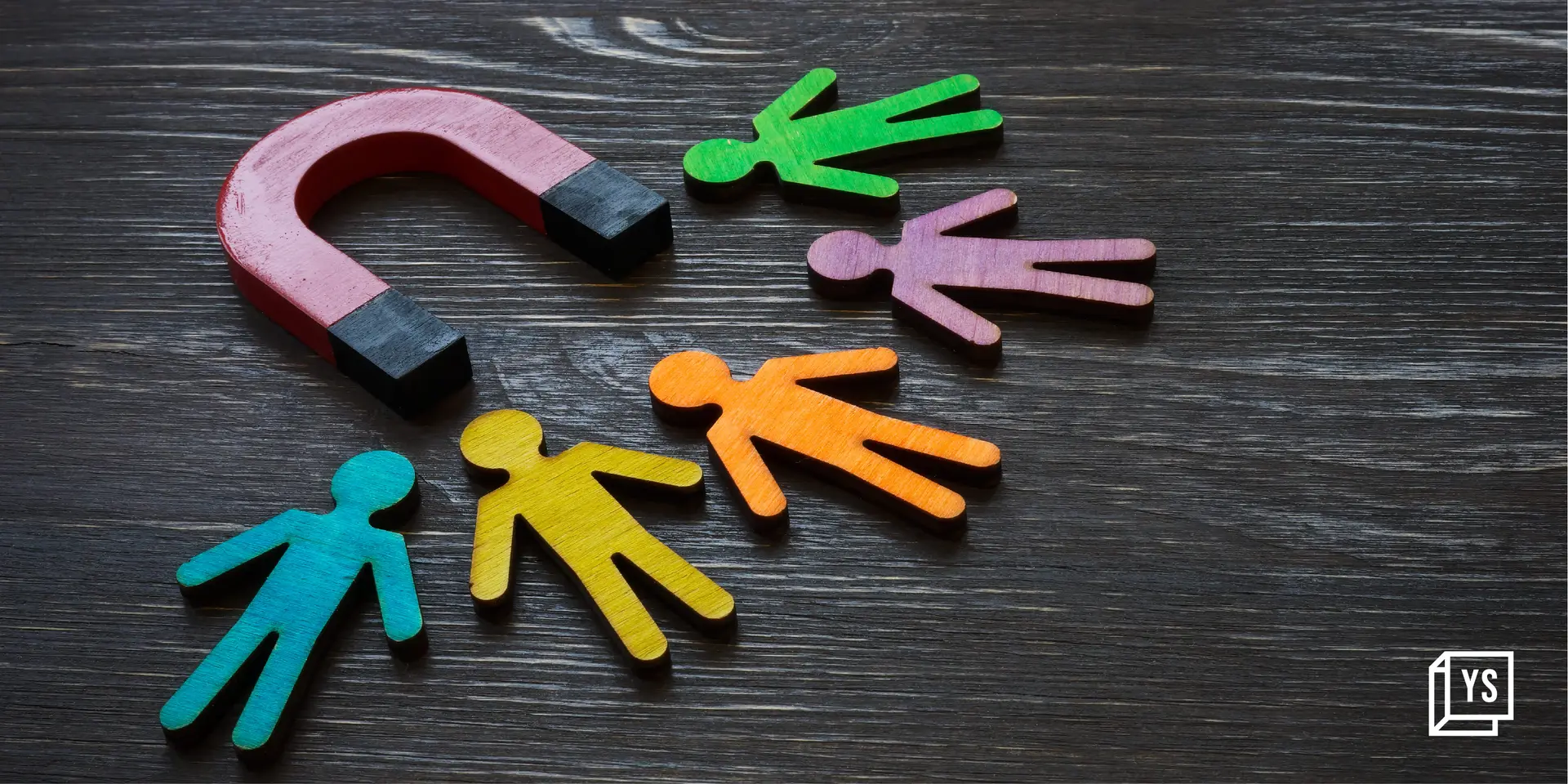Why customer retention will always be king for startups
In today’s volatile market, focusing on retaining customers and building strong relationship with them becomes a must for startups to survive and build resilience.
In the world of startups, there exists an age-old battle–customer acquisition vs customer retention. Not unlike the nature vs nurture debate, the question of which is the right way to go for business success (acquisition or retention) has historically posed a great dilemma for startups.
On one hand, there are acquisitionists who believe the key to success is to constantly bring in new customers, and on the other, there are retentionists who believe the best way to grow a business is by focusing on existing customers–keeping them happy and turning them into high-value customers. However, the growth of a startup, especially in the early stages, is determined by both strategies–acquisition and retention. This complementary relationship catalyses a startup’s journey to success. In short, if acquisition is queen, then retention is king.
In today’s volatile market, where 9 out of 10 startups fall apart often due to lack of resources combined with suboptimal marketing, focusing on retaining customers and building strong relationship with them becomes a must for startups to survive and build resilience.
While acquisition is essential for growth in the initial stages of a startup’s journey, retention becomes the key to greater cost efficiency, sustainable growth, and ultimately, profitability in the long run.
Customer acquisition: a burden for early-stage startups
Acquiring new customers has always been more expensive, especially in competitive markets. A Harvard Business Review study suggests that acquiring a new customer costs five times more than retaining an existing one.
The burden on the pocket is more pronounced among early-stage startups, as most of them operate with limited budgets. The cost of customer acquisition becomes higher than expected and exceeds startups’ ability to monetise those customers, which often becomes a significant cause for a startup’s failure, resulting in round after round of wasteful fundraising.
In 2021-2022 during the funding boom, an overwhelming trend that we observed, particularly with early-stage D2C brands, was that they were spending and raising disproportionate funds with alarming frequency. And because these companies had to show month-on-month growth metrics, a vast majority of these expenditures were being directed at customer acquisition. The problem is this - most of these customers weren’t coming back, and these companies were barely breaking even, thereby creating a ‘leaky bucket’ situation for themselves.
Why retention will always be king?
Though one can’t entirely negate the need for acquisition, there is a ceiling to how many customers a brand can acquire, and it is here that retention assumes an important role. If your total customer universe is ‘x’, and a brand has poured its entire focus only on acquisition and not retention, chances are, these brands won’t see their next phase of growth. There needs to be a healthy balance between acquisition and retention in order to drive long-term sustainability and growth. As soon as a startup commences its journey, its retention journey should begin with acquiring the very first customer, making both essential for growth and profitability.
Let’s put it in a simple equation form to illustrate why this is so. The money that comes in from a customer’s first ever purchase accounts for the cost of the goods and acquisition costs. The real magic (or margin) only happens from the second purchase onwards! In fact, according to the book Marketing Metrics, the probability of converting a sale with an existing customer is 60-70% whereas the probability of the same with a new customer is 5-20%.
The directive is clear that businesses ought to pay more attention to retaining existing customers, enhance their value and as a consequence, enhance their revenues/profitability. There are a plethora of benefits to prioritising retention ahead of acquisition that go beyond revenue growth. It leads to greater customer satisfaction, brand loyalty, and customer lifetime value (CLV), ultimately contributing to a higher return on investment (ROI) for the business.
Moreover, existing customers are more likely to spend more money on the products or services of a particular brand, as compared to new customers, due to more familiarity with the business and sustained brand engagement over a period of time, which leads to more revenues. Loyal and satisfied customers have higher chances of recommending their products or services to others, doing so automatically garners new customers, without having to spend disproportionately on acquisition. Moreover, loyal customers will be more amenable to a brand’s upselling and cross-selling efforts as well. This creates exponential growth for startups, making retention the ultimate king.
What’s stopping brands from going down the retention path?
There are a myriad of tools available to aid startups in sharpening their retention strategies. Yet there are barriers to adoption. These include high cost of investment, lack of awareness, and understanding of the importance of retention itself, and consequently the tools, complexity and inability to choose the right fit, and a piecemeal approach to retention marketing. In fact, according to a Mirum India MarTech Report 2023, 57% of respondents are unsure about the ROI of using MarTech tools.
● 46% believe implementing or setting up MarTech is too complex
● 33% believe the process of choosing MarTech tools is too complex
That being said, there are a number of startup incubator and accelerator programmes such as the GoI’s initiative--Startup India--that are exclusively dedicated to hand holding startups in the early days of their journeys, and it is well worth considering.
There exists a complementary relationship between the two, where acquisition is necessary at the start, but retention must go hand in hand from the start! Brands need to adopt a ‘flywheel’ approach of acquisition → engagement → retention. Over a period of time, as brands mature, the ratio of business gained from acquired versus retained customers should evolve from 8:20 to 60:40 to 50:50 and even less! As the business matures, while the majority of its profitability will be derived from retained customers, the can continue to acquire at a steady pace to grow the base as well. The Indian startup ecosystem is going through a funding winter, and under such circumstances, startups that are resilient and focus on business fundamentals will continue to emerge gloriously. One might also go so far as to say that for very early-stage startups, their chances for subsequent rounds of funding might be greatly enhanced if they are able to demonstrate a healthy retention rate so early in the game!
Nitya Shah is Lead at WebEngage Startup Program
Edited by Megha Reddy
(Disclaimer: The views and opinions expressed in this article are those of the author and do not necessarily reflect the views of YourStory.)







